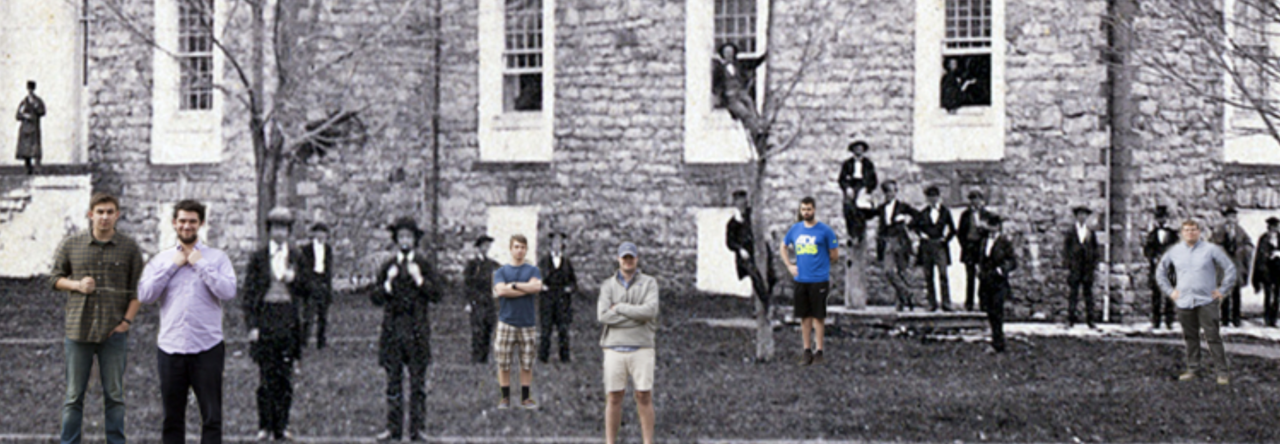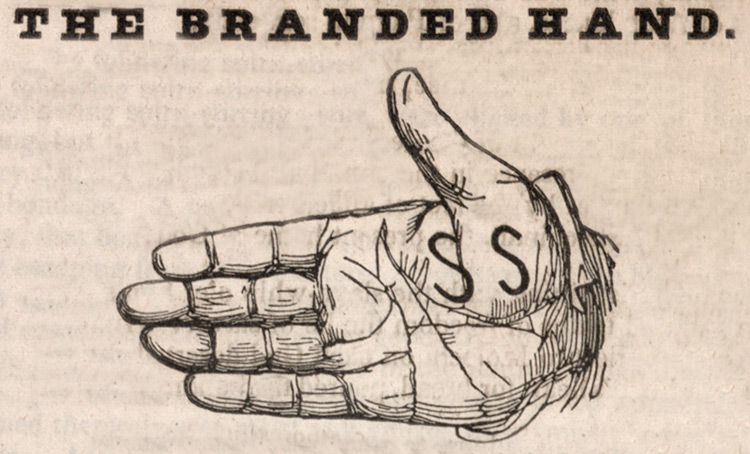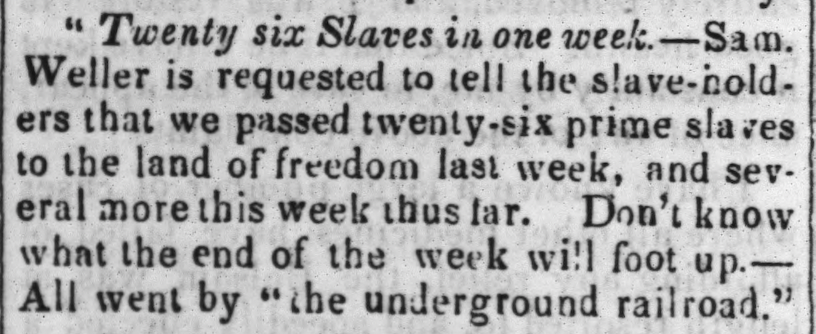NPS UGRR Handbook
Runaways gave abolition its most enduring issue, the fugitive slave controversy, and its most dynamic exponents, fugitive slave abolitionists. The impact of the abolitionist underground on national and even international politics is undeniable.–Manisha Sinha
From the moment some states began abolishing slavery in the late 1700s to the moment slave states began seceding from the Union in late 1860, fugitive slaves had created political problems that ultimately contributed to the coming of the Civil War. –James Oakes
Almost any legend may contain a grain of fact that can help us understand the diversity of the underground, and how it worked from place to place. But legends alone do not help us understand the realities of slavery, abolitionism, the struggle of enslaved people for freedom, the real experiences of fugitives, or the way the Underground Railroad actually operated. –Fergus Bordewich
- Manisha Sinha, The Abolitionist Underground
- James Oakes, Politics of Fugitive Slaves
- Fergus Bordewich, Myths of the Underground Railroad
Image Gateway
The branding of Jonathan Walker as a “slave stealer” fueled abolitionism in the 1840s (Anti-Slavery Bugle, 1845)
Abolitionism
“I am aware, that many object to the severity of my language; but is there not cause for severity? I will be as harsh as truth, and as uncompromising as justice. On this subject, I do not wish to think, or speak, or write, with moderation. No! no! Tell a man whose house is on fire, to give a moderate alarm; tell him to moderately rescue his wife from the hand of the ravisher; tell the mother to gradually extricate her babe from the fire into which it has fallen; — but urge me not to use moderation in a cause like the present. I am in earnest — I will not equivocate — I will not excuse — I will not retreat a single inch — AND I WILL BE HEARD. The apathy of the people is enough to make every statue leap from its pedestal, and to hasten the resurrection of the dead.”
–From the inaugural issue of The Liberator (Boston), January 1, 1831, “To the Public” by William Lloyd Garrison
Evolution of Abolitionism
- 1780s: Northern (gradual) abolition societies and black mutual aid groups
- 1817: American Colonization Society
- 1833: American Anti-Slavery Society (Garrisonian)
- 1830s: Vigilance committees
- 1840: American and Foreign Anti-Slavery Society (Anti-Garrisonian)
- 1840: Liberty Party
UGRR Myths and Realities
LancasterHistory is currently preserving the cistern at the Thaddeus Stevens – Lydia Hamilton Smith historic site in Lancaster, Pennsylvania (Community Heritage Partners)
Find out more about the forthcoming Stevens-Smith Center for History and Democracy
Listen to the first commercially released recording of “Follow the Drinking Gourd,” performed in 1951 by The Weavers (courtesy of musicologist Joel Bresler)
And listen to Fergus Bordewich on UGRR myths:
Statistical Gateway
- Enslaved population in 1840: roughly 2 million
- Enslaved population in 1860: roughly 4 million
- Estimated number of antebellum slave sale transactions: 2 million
- Ratio of antebellum slave marriages broken apart by sale: ¼
- Annual temporary escapes from slavery (“laying out”): 100,000
- Annual attempts at permanent escapes from slavery: 1,000
- Documented recaption (kidnapping) efforts across North during 1850s: 150
- Documented individual fugitive rendition cases between 1850-1861: 200
- Total number of formal federal rendition hearings between 1850-1861: 125
- Number of rendition hearings in New England states after 1854: 0
- Percentage of nation’s rendition hearings held in Ohio 1855-1861: 75
- Vigilance committee records for successful escapes during 1850s: 3,000+
- Documented vigilance-led resistance efforts during 1850s: 80
- Total casualties from antebellum resistance efforts: 100s
- Number of UGRR operatives killed in free states: 0
- Number of freedom seekers killed in free states: 1
- Number of slaveholders or slave catchers killed in free states: 3
- Number of UGRR operatives fined or imprisoned in free states: about 10-12
- People imprisoned for slave-stealing in South, 1840s-50s: 200+
- Longest sentence issued for UGRR conviction under federal law: 3 months
- Longest imprisonment for UGRR operative in a slave state: 17 years
Handout –Defining UGRR
One of the earliest public references to the “underground railroad” from the Albany Tocsin of Liberty in 1842, reprinted widely by other abolitionist newspapers that autumn (Chronicling America)




